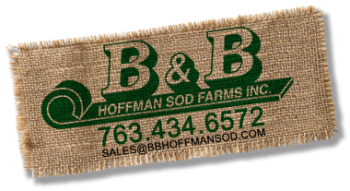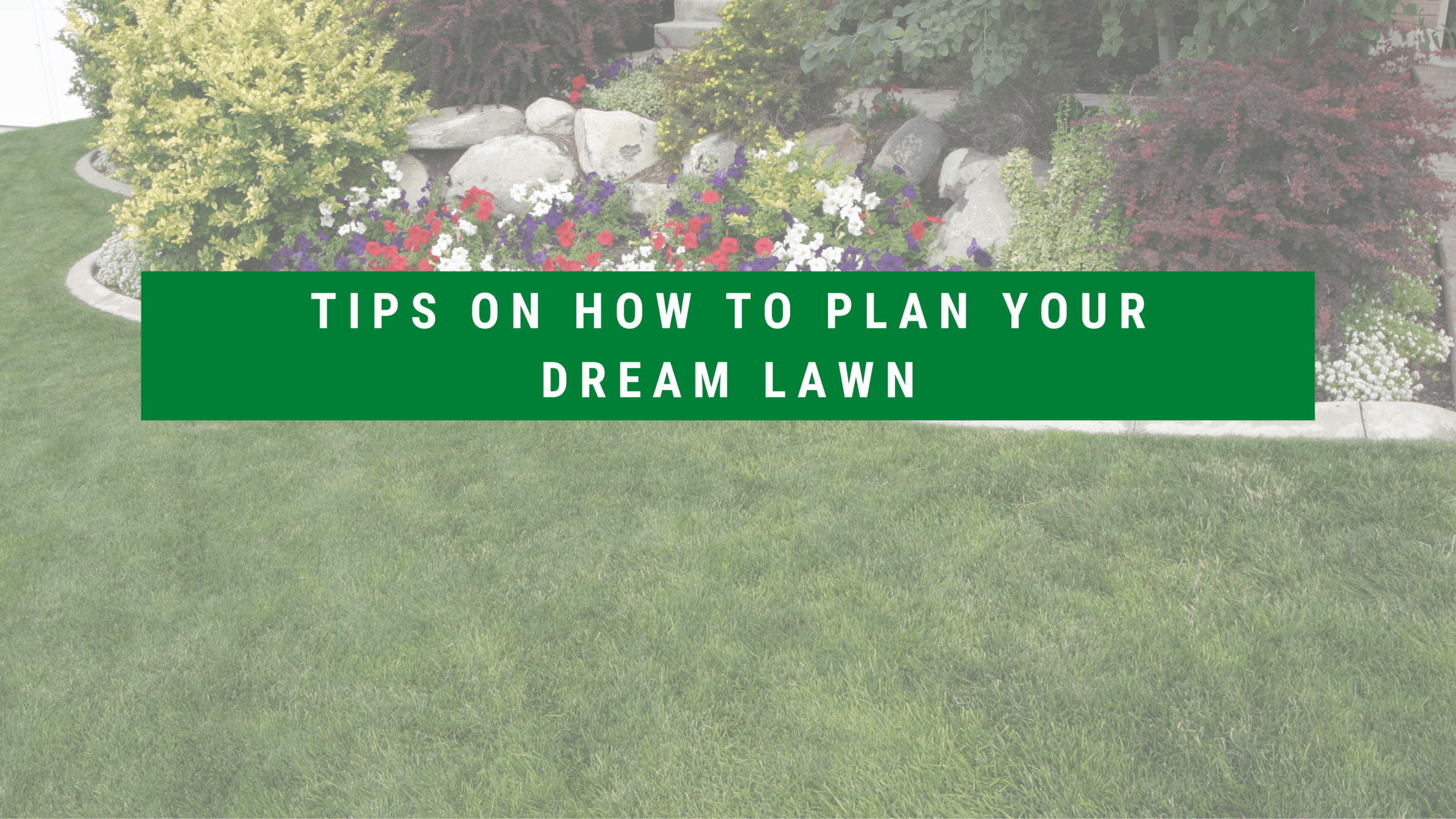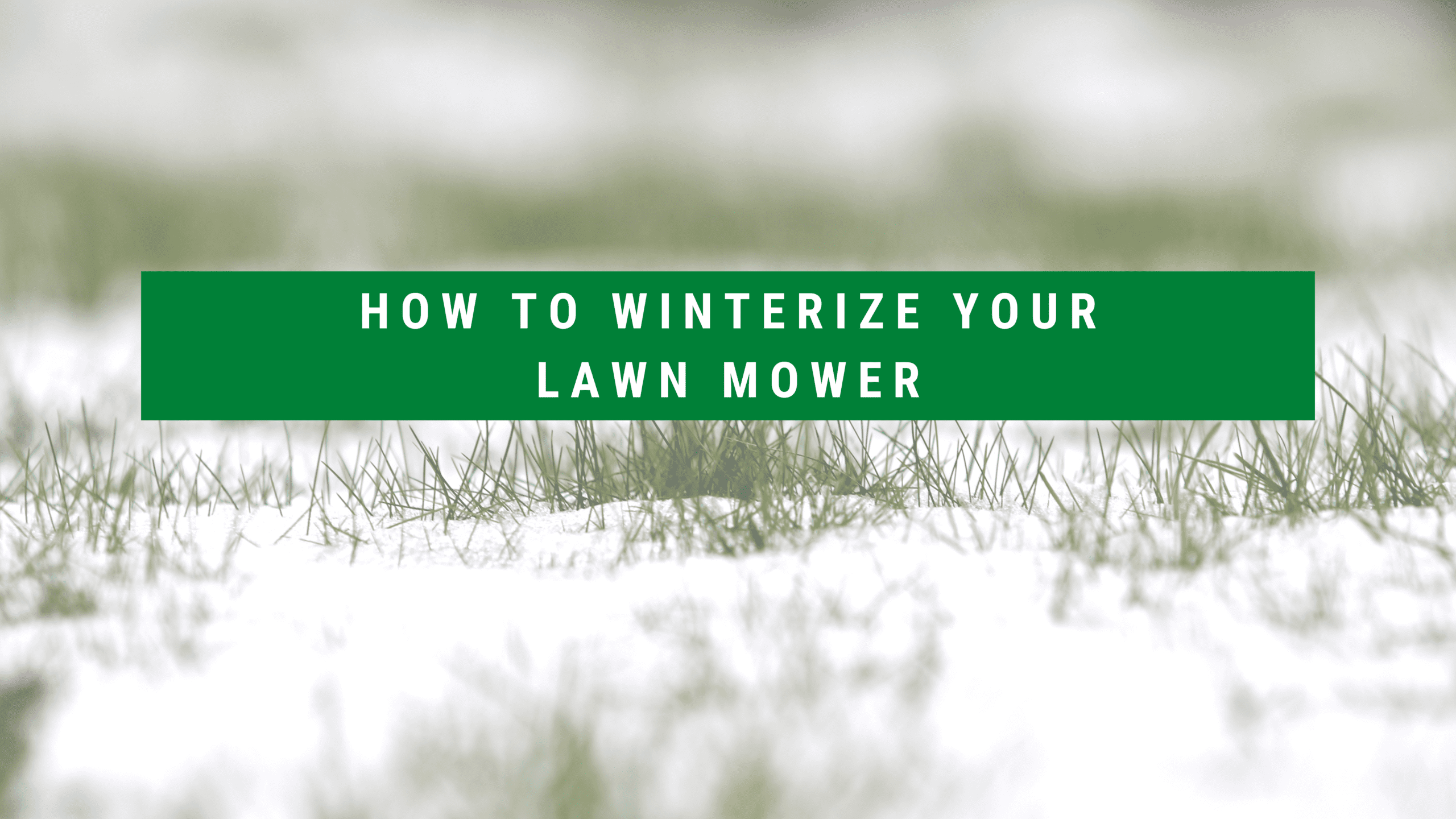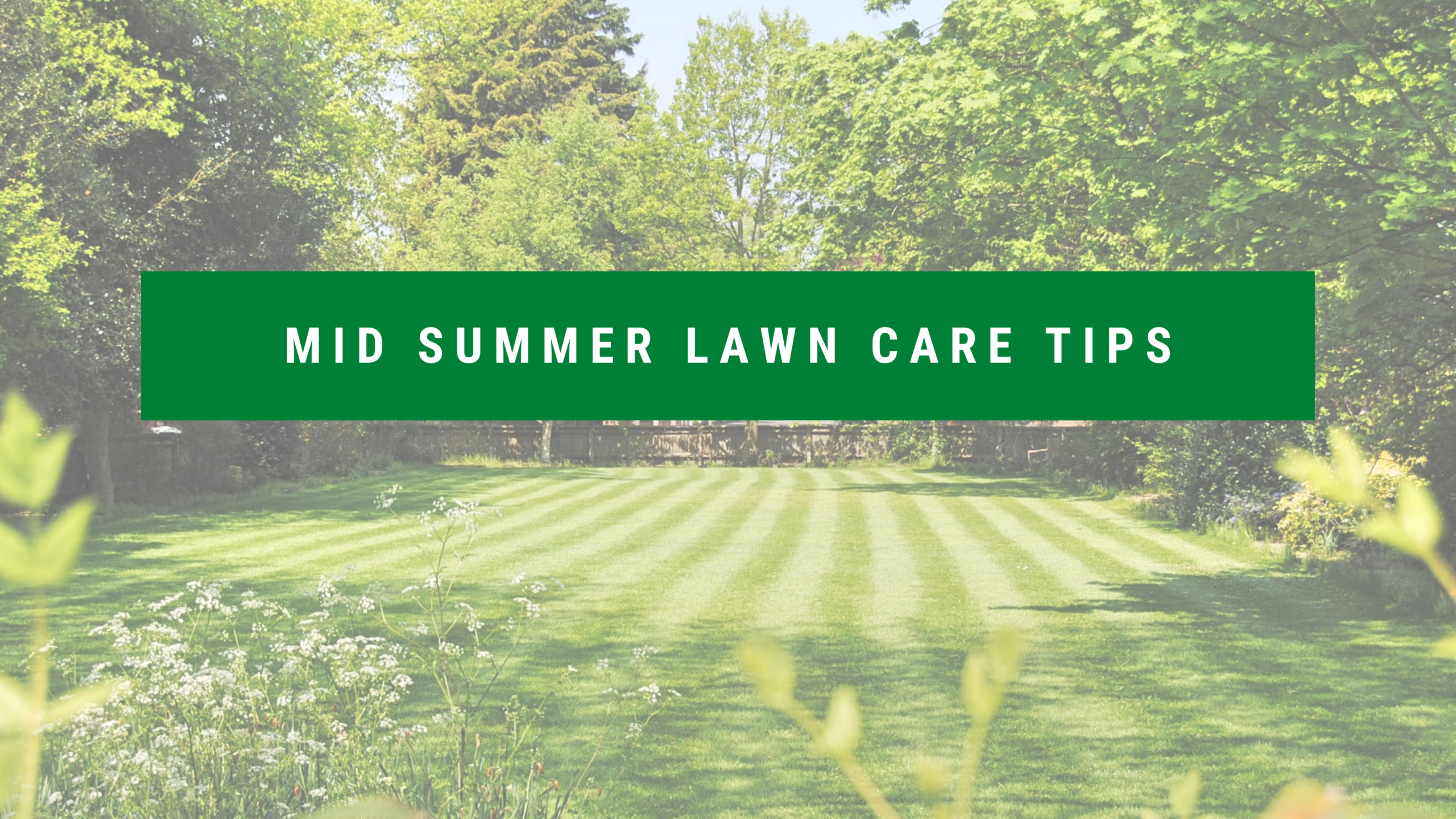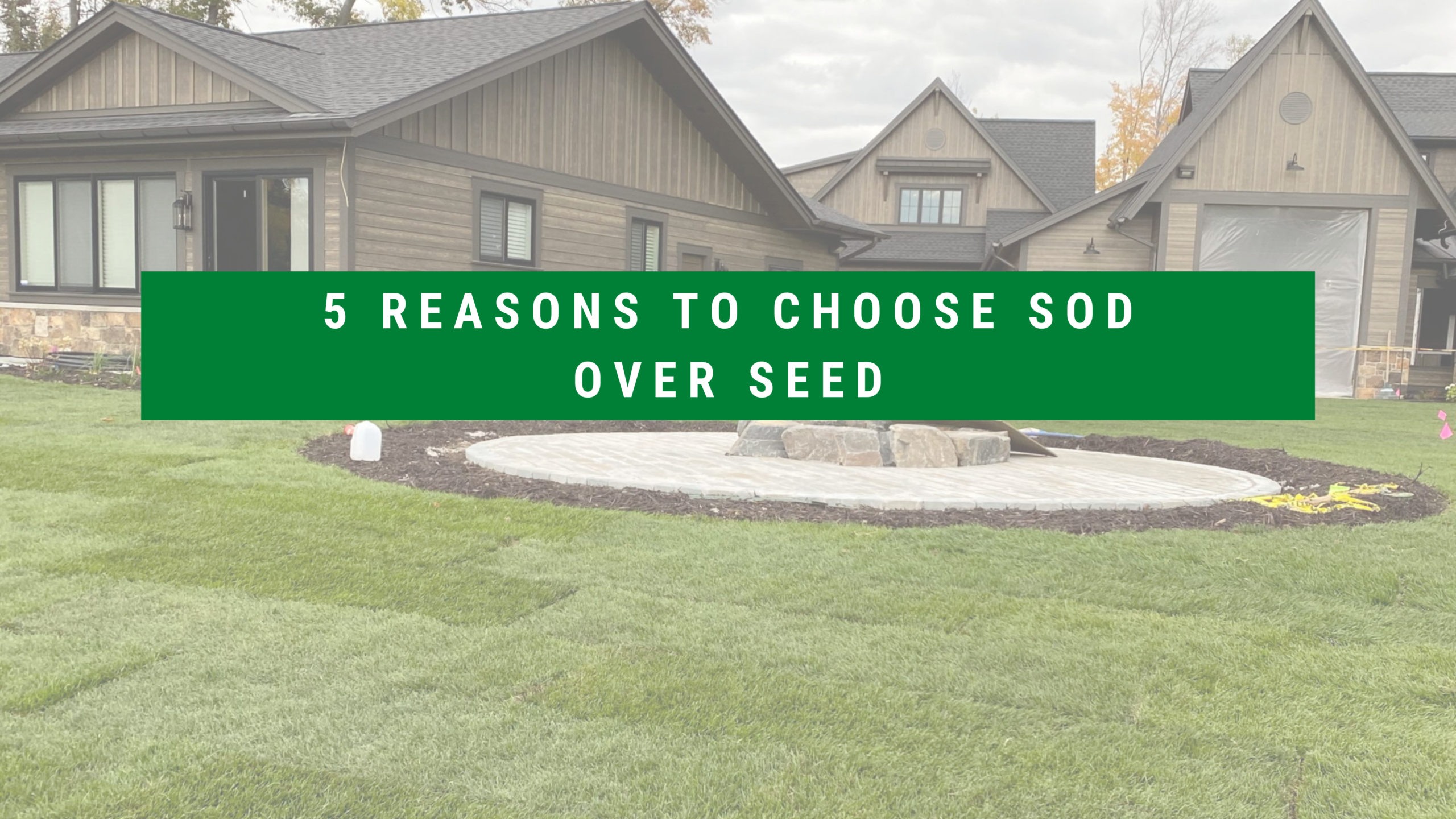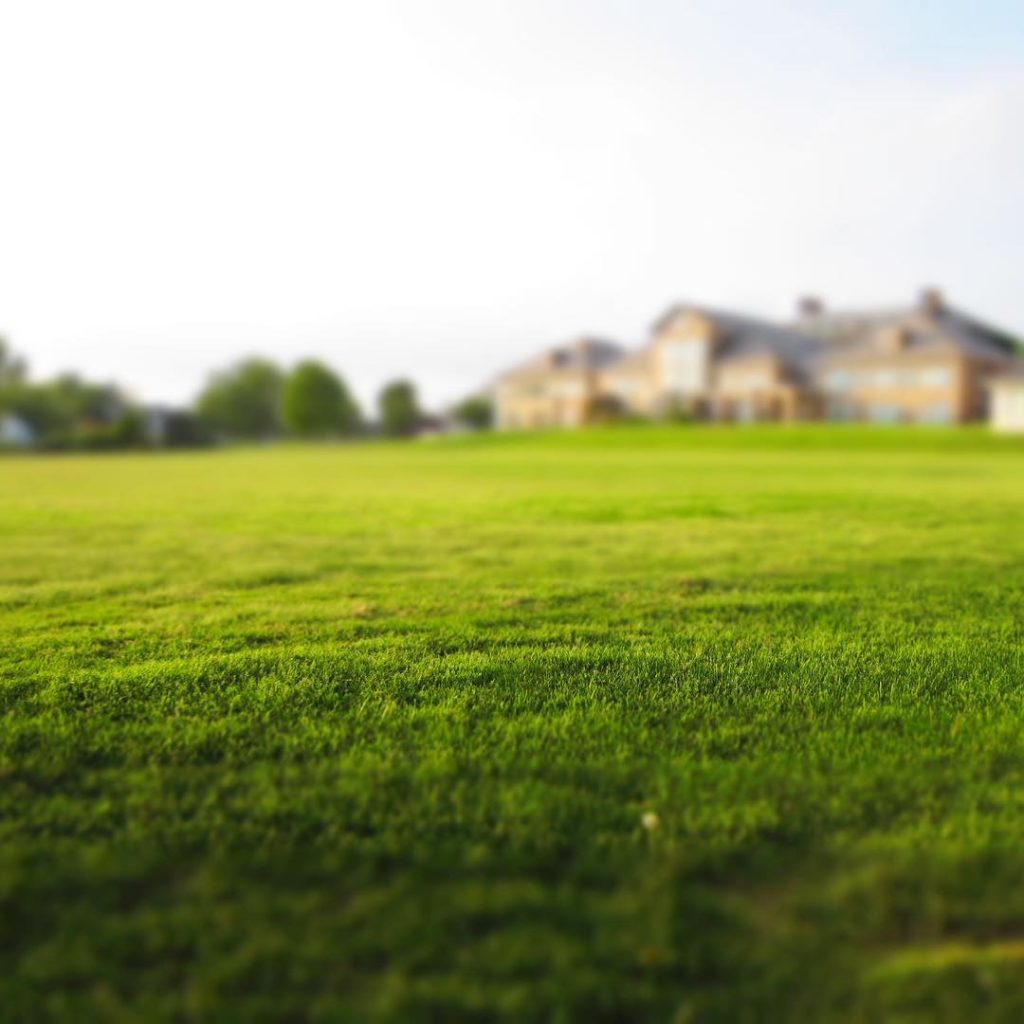This Minnesota snow has me daydreaming of days spent outside soaking up the summer sun. But, since there is still snow on the ground it is a great time to start daydreaming and planning your ideal lawn.
Designing a lawn is like designing any part of your landscape. You will need to consider how you plan to use the space and what your needs are. Here are a few tips for designing your perfect lawn.
Using the space: ‘how do you use the lawn?’ If you have kids, they’re going to want a large open, grassy area to kick the ball or play catch. While, if you’re an older couple, you may prefer just enough grass to provide an open, clean look to occasionally entertain on.
Initial installation: In comparison to planter beds or patios, a lawn can be inexpensive to install. That being said, a larger lawn will require more resources which has an impact on price. If you are debating on what to start your lawn with check out this resource on sod vs. seed.
Proximity to your home: Lawn can double as a great pathway or entertaining area, it is nice to have lush green grass just off your patio or back door to expand the usable space in your landscape.
Maintenance: A beautiful lawn requires mowing, edging, fertilizing, aeration, and occasional weed control to keep it looking lush. If you start your lawn out by laying sod, you will have an instant lawn with mature density and a solid root system. While a lawn that is started with seed can take two to three years of dedicated work to mature.
Drainage: Sod or seed won’t grow in an area that is constantly pooling with water. If you have an area of your property that is known to have bad drainage be sure to create a drainage system first.
Highlight your garden: A carpet of green lawn looks beautiful surrounding a garden. The openness of a grassy area makes a good visual contrast to the varied shapes and colors of trees and shrubs.
The Minnesota winter is a great time to start planning your dream yard. Follow these tips and head to Pinterest for some inspiration.
When you’re ready to chat about starting your lawn out with sod reach out to B&B Hoffman Sod, we would love to help! Turfgrass sod creates a soft, clean, and safe playing surface for children and pets, provides a great environment for lawn games, and improves family entertaining.
